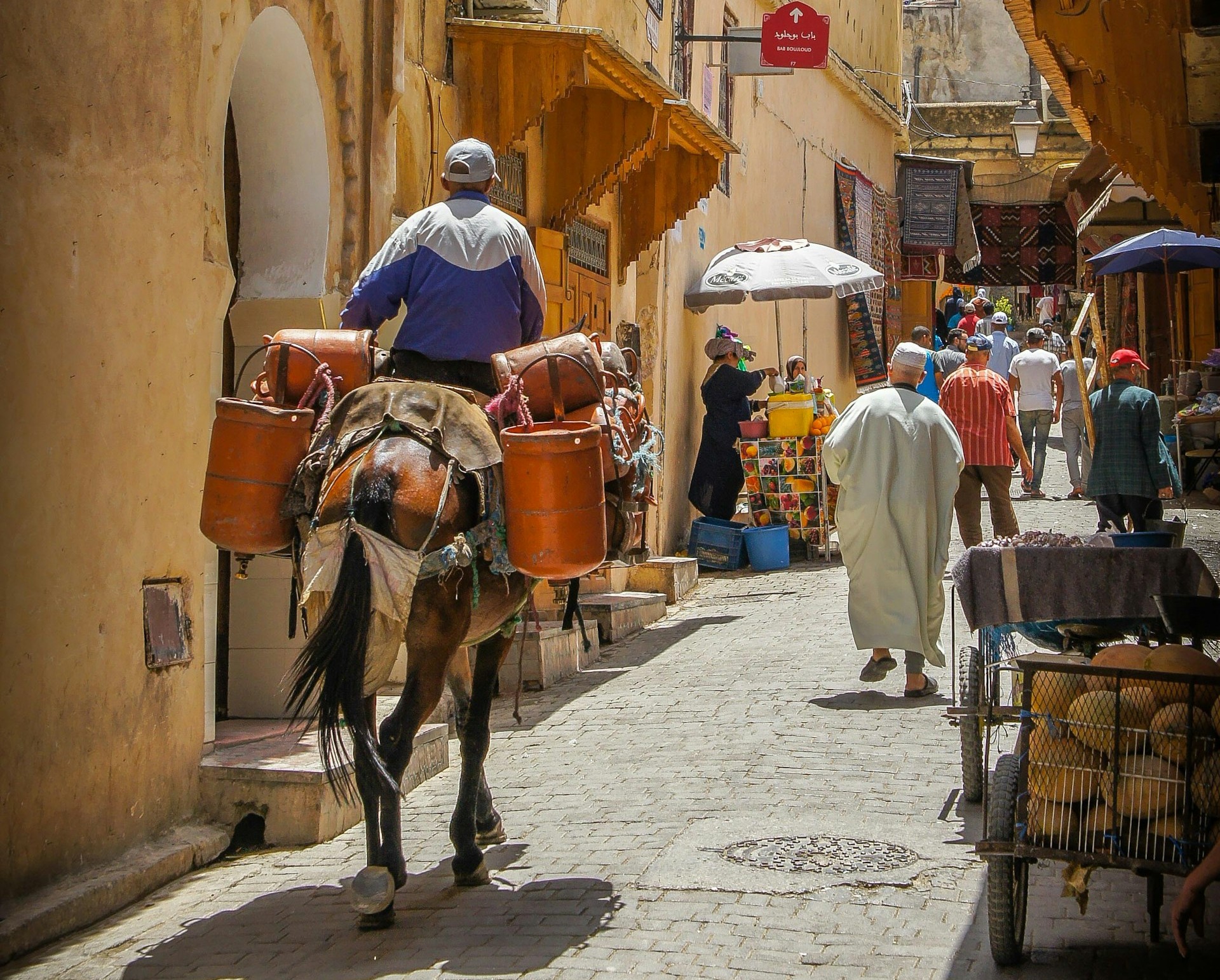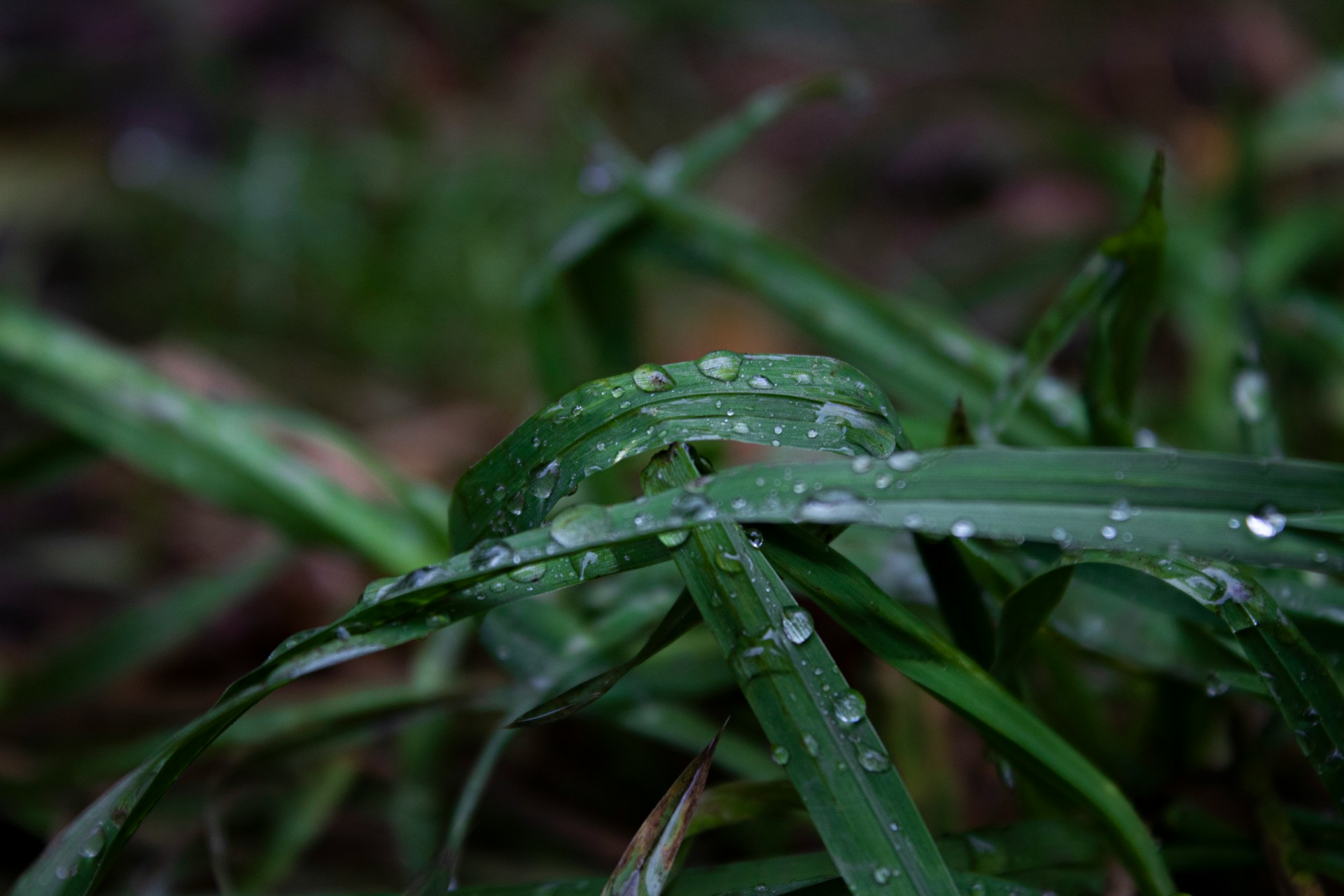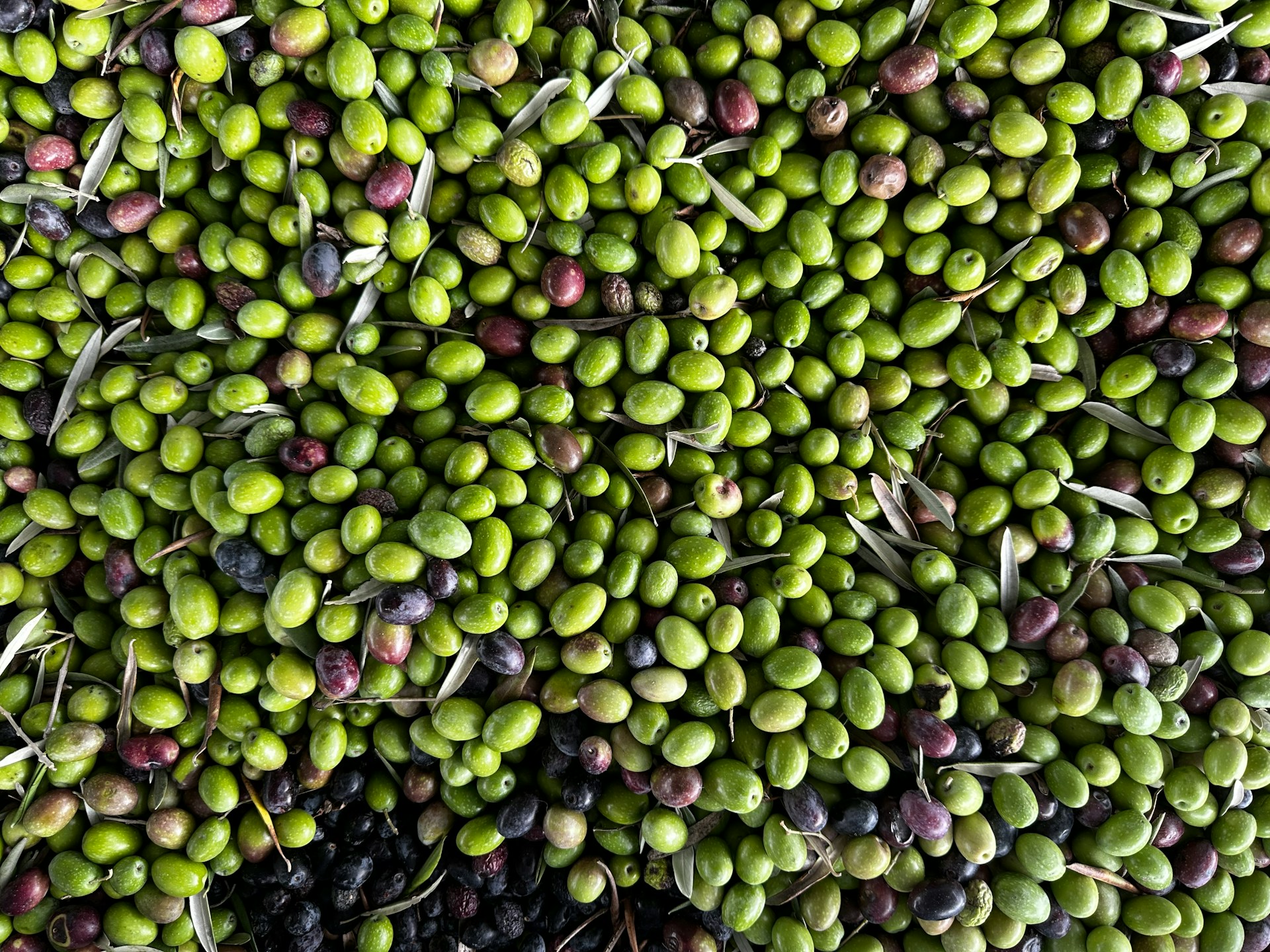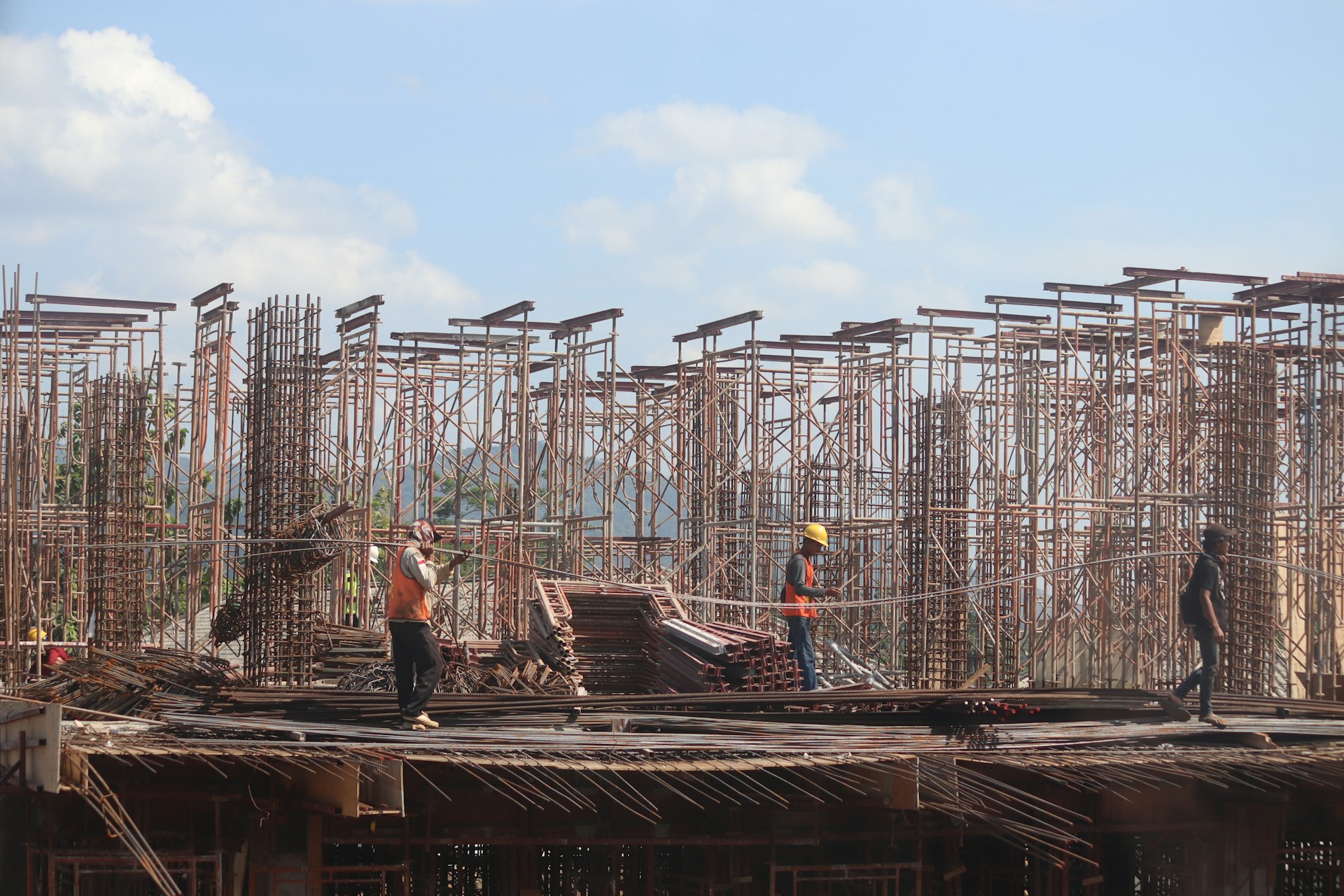Casablanca – The start of the new agricultural season in Morocco has been marked by widespread and timely rainfall across the northern and western regions, offering a significant boost to a sector that has struggled through years of recurring drought and declining yields. The early precipitation has improved soil moisture levels, encouraged planting activity, and revived optimism among farming communities preparing for the months ahead.
A long-awaited return of beneficial rainfall
For several consecutive years, Morocco’s agricultural sector has endured difficult conditions resulting from limited and irregular rainfall. These challenges affected nearly every major crop category and placed additional pressure on water resources, livestock production, and rural economic activity. This season’s early downpours, however, have provided a much-needed shift in conditions.
Rainfall recorded in various northern and western provinces has been described as consistent, abundant, and well-timed. These characteristics are particularly important in regions where agriculture is primarily rain-fed and heavily dependent on natural precipitation during the opening weeks of the season. Farmers and cooperatives report that previously dry soils have regained moisture levels suitable for plowing, sowing, and supporting the early growth phase of multiple crops.
Improved conditions for cereals, legumes, and sugar crops
The most immediate impact has been observed in cereal production. Wheat and barley, which make up a substantial portion of Morocco’s agricultural output, rely heavily on early-season moisture to facilitate soil preparation and root establishment. With rainfall arriving at the ideal stage, fields are now better positioned for sowing, and early germination is expected to be more uniform than in recent years.
Legume crops—including beans, lentils, and chickpeas—are also benefiting from the improved conditions. These crops require adequate soil moisture for successful early rooting, and the rainfall has provided an environment conducive to stronger initial development. Many producers who previously delayed planting due to dry conditions are now moving forward with confidence.
Sugar crops, particularly sugar beet and sugar cane, have also gained from the early precipitation. The moisture reduces or eliminates the need for irrigation during the initial stages of planting, which helps lower production costs and improves crop stability. In major sugar-producing basins, the rainfall supports better seed establishment and reduces stress on young plants.
Positive effects on olive groves and perennial crops
Olive production, a cornerstone of agriculture in northern Morocco, is set to benefit significantly. Many olive-growing areas rely on rain-fed systems, and early precipitation is critical for fruit development, tree resistance, and winter endurance. The recent rains have been widely viewed as timely, arriving at a stage where they can most effectively support the maturation of olives and other perennial crops.
The improved moisture levels are also expected to enhance the quality and volume of the upcoming harvests. After several seasons in which late or insufficient rainfall weakened production, the early and consistent downpours create conditions more favorable for recovery.
Support for livestock and natural pasture growth
Livestock breeding has also received a notable boost from the rainfall. Natural pastures—particularly alfalfa, oats, and mixed grasses—have shown rapid early growth, reducing the need for purchased feed and lowering the cost burden on breeders. Better access to natural fodder supports healthier livestock and is expected to improve milk production during the early months of the season.
The rainfall also replenishes small water sources and shallow groundwater reservoirs in rural areas, improving conditions for both agricultural and household use.
Strengthening the rural economy
Beyond crop and livestock production, the rains have triggered a broader revival of rural economic activity. Demand has risen for plowing and soil-preparation services, seed supply chains have become more active, and seasonal employment opportunities have increased. In many agricultural zones, markets, cooperatives, and service providers have reported a noticeable improvement in activity following the rainfall.
The positive momentum reflects a wider sense of relief after years of unpredictable and disappointing seasons. While the rainfall alone cannot fully resolve Morocco’s structural water shortages, it provides a stabilizing effect that helps build confidence for the months ahead.
Cautious optimism for the new season
Despite the encouraging start, experts note that sustained and regular rainfall throughout the season will be essential to secure strong harvests. Reservoir levels remain under pressure, and long-term water management challenges persist. However, the early rains offer a foundation for a potentially productive agricultural cycle, improving the outlook for cereals, olives, legumes, livestock feed, and rural economies more broadly.
As Morocco monitors upcoming weather systems, the agricultural sector begins the season with renewed optimism—supported by soils refreshed, planting activity revived, and expectations rising after years of hardship.















